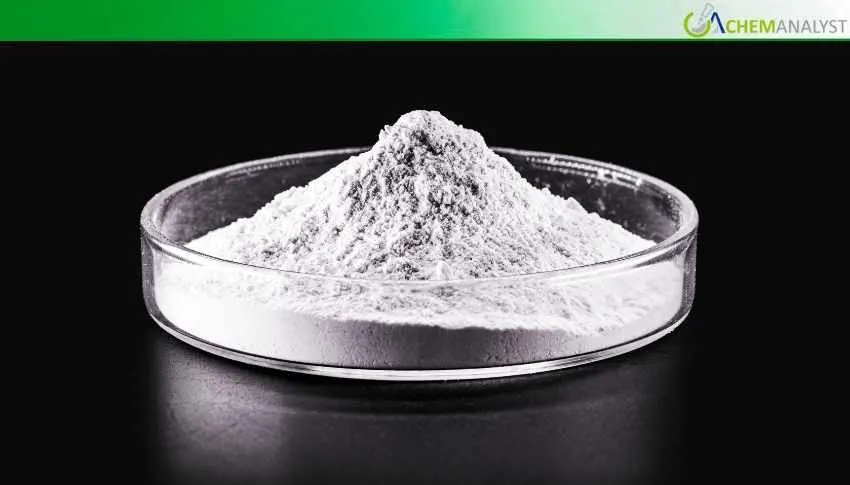Welcome To ChemAnalyst

The Phthalic Anhydride market continued to slow down in key regions as of the week ending October 31, 2025, reflecting weak demand and growing expectations of increased supply. In India, prices continued to decrease, as weak PVC flexible cable maker demand, consumer demand for decorative paint, and end-user demand for FRP fabricators resulted in limited offtake. Buyers were focused solely on covering immediate needs, and Thirumalai Chemicals Limited planned to double its capacity, adding further pressure and reflections for oversupply. Approximately three-fourths of India's demand has now been satisfied by domestic producers. Limited automotive production and demand for construction coatings in Asia provided very limited support for the weakened demand. In the United States, prices remained stable, reflecting balanced production and consumption. In Europe, prices eased slightly downward in a relatively steady trading environment. Overall, the combination of weakened downstream demand, reduced stock building and warehousing strategy, expectations of further supply in the near future, all point to continued pressure on global Phthalic Anhydride prices in the near term, with Asia potentially feeling the most significant impact.
For the week ending October 31, 2025, the Phthalic Anhydride market experienced further softness across key regions due to lacklustre downstream demand and anticipation of additional domestic supply weighed on sentiment.
Phthalic Anhydride CFR JNPT declined for the week in India, down by 4.38%. This represents another decline in an ongoing bearish phase. The phthalic anhydride decline reflects sustained downward price pressures, where the market is under the weight of slack demand from some of the largest end-users’ sectors including flexible PVC cable manufacturing, decorative paints, etc. Traders were seen buying on a limited basis only to meet immediate needs, further dragging down offtake in the spot markets.
Another bearish event was announced by Thirumalai Chemicals Limited's board approving the preferential equity issue to double production capacity. This is seen as potentially greater domestic supply in an already weak demand environment. About three-quarters of Phthalic Anhydride demand in India is provided by domestic producers, while around one-quarter is imported (mainly from UAE). The enhanced capacities only add to increasing apprehensions of oversupply in the domestic market.
There was limited support from macro indicators during the week. Reportable Indian automotive production indices remained flat as demand for construction coatings in Asia sustained persistent weakness. The lack of new supply-chain constraints, no changes in policies with respect to buyer or supplier behaviour, and no substitution trends meant there wasn't anything to counter the bearing. Bearish phthalic anhydride participants contended that the combination of cautious inventory policies combined with imminent new plant volumes may add additional price weakness in the short term.
By contrast, conditions in the U.S. were more stable. Phthalic Anhydride FOB Texas prices were unchanged for the week, signalling stability after several weeks of up and down movement in the market. In spite of the phthalic anhydride downward momentum elsewhere in the globe, the U.S. market remains neutral; a balanced level of production and buyers continue to select phthalic anhydride throughout the duration of the reporting period. Phthalic Anhydride Industry sources attribute the stability to a steady domestic consumption and limited supply overhead, inferring that the market in the U.S. could be somewhat insulated from the environments affecting the Asia market.
At the same time, the European market experienced slight weakness. Phthalic Anhydride FCA Cologne fell slightly at -0.8% in what seems to be a continuation of the region's weaker tone. The slight price decline of phthalic anhydride indicates steady, albeit unexciting, trading activity, as producers were operating at normal rates and buyers engaged in routine purchases. Phthalic Anhydride market participants characterized sentiment as being rangebound i.e. there were no shifts in demand or major interruptions to change the path of phthalic anhydride prices.
Overall, the global Phthalic Anhydride market is still struggling with weak end-user activity, continuing cautious stocking and the prospect for higher supply. The absence of real recovery signals or demand improvement points to the suggestion that phthalic anhydride prices will remain under pressure in the short-term horizon, especially in Asia as domestic capacity is set to expand, providing the potential for more oversupply.
We use cookies to deliver the best possible experience on our website. To learn more, visit our Privacy Policy. By continuing to use this site or by closing this box, you consent to our use of cookies. More info.
